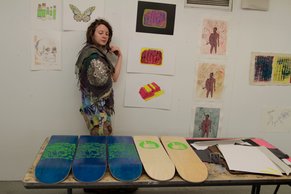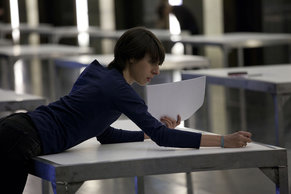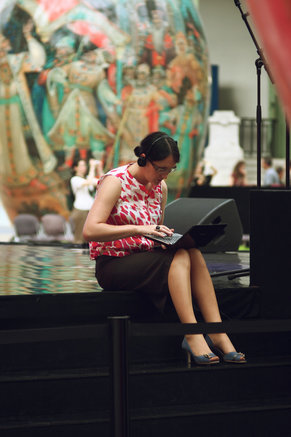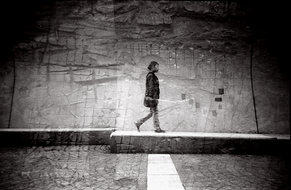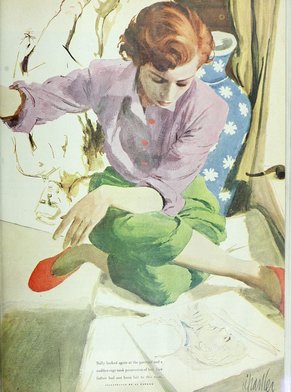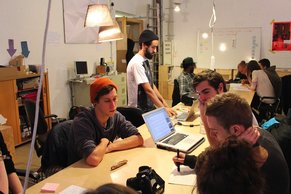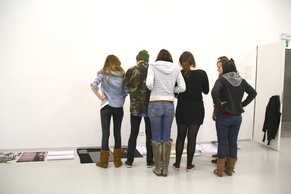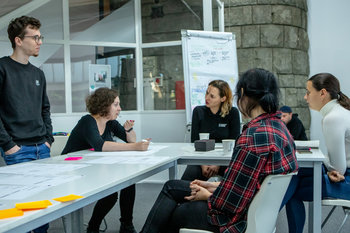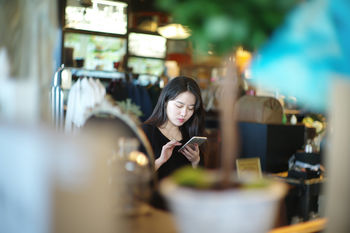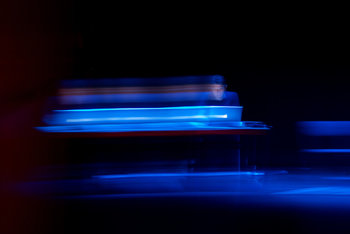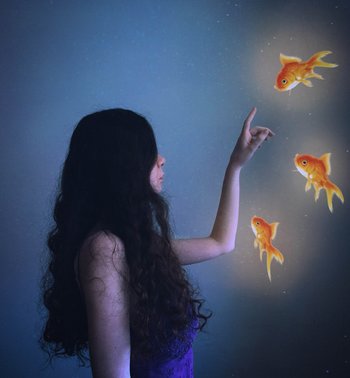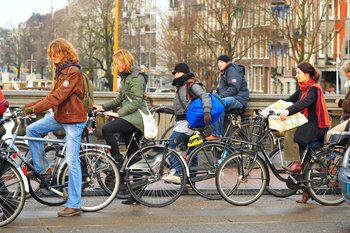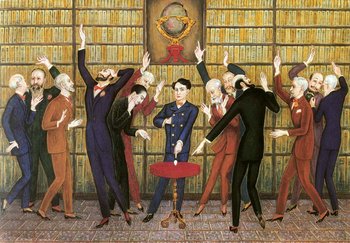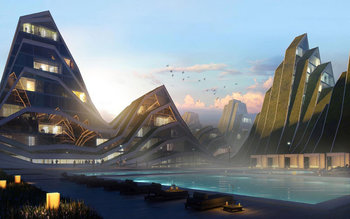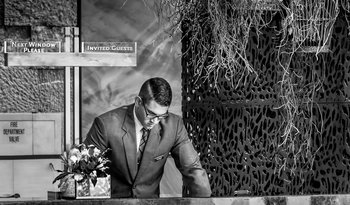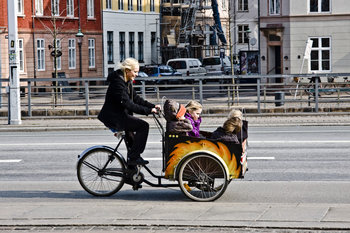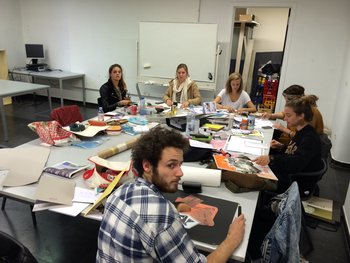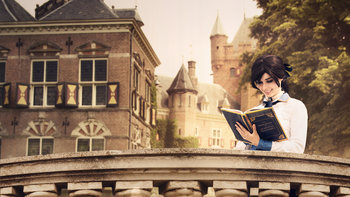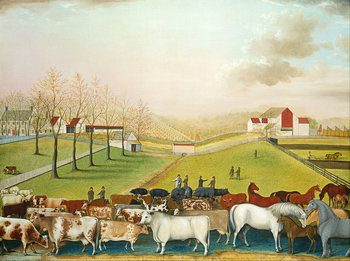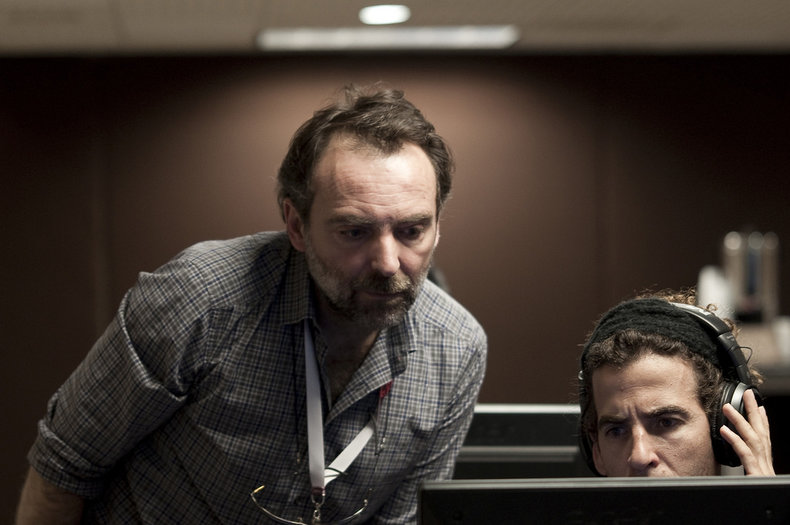
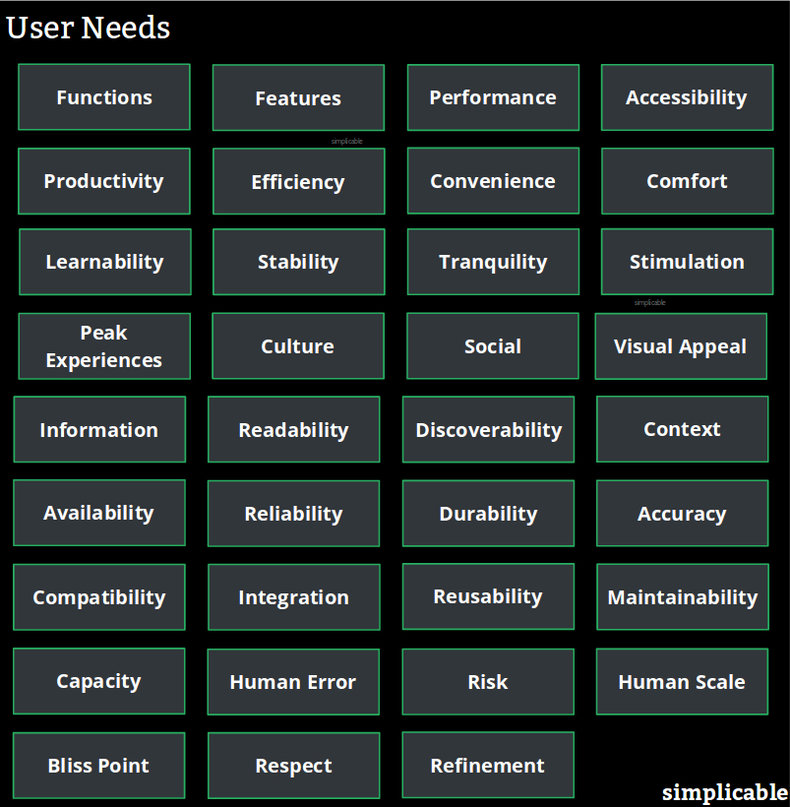
Functions
Things that a user needs to accomplish. For example, a user of luggage who needs to pack and unpack a suit without wrinkling it.Features
How functions are implemented. Strictly speaking, features aren't needs but are methods for serving needs. However, some users have strong preferences for features they feel they need. For example, a bicyclist may require a bell to warn pedestrians of their approach. A similar function could be implemented with a horn or a beep but the bicyclist strongly prefers a bell.Performance
Performance such as a snowboarder who needs a light, flexible, bendy board that performs well on jumps, spins and turns.Accessibility
User needs should be collected from users with diverse characteristics and abilities. For example, a user who is sight impaired may need audio cues to navigate a visual user interface that uses small icons.Productivity
The ability to complete work quickly. For example, a graphics designer who wants a scripting tool built into photo editing software so that they can automate repetitive tasks.Efficiency
A need to use resources efficiently. For example, a user of a vehicle who needs to drive 1700 kilometers on a single battery charge.Convenience
Users may have a strong desire to conserve efforts, particular for tasks that are viewed as routine.Comfort
Physical comfort such as a design that isn't hard on the eyes or a seat on a flight that is wide enough to maintain some sense of personal space.Learnability
An intuitive and predictable user interface. It is common for modern users to expect to be able to use complex software and tools without training.Stability
Some users will strongly prefer a stable user interface that isn't too dynamic or shifting.Tranquility
A need for quiet and peace such residents of a city who need places to experience nature.Stimulation
A need for stimulation such as sound, color and sensation.Peak Experiences
A desire for experiences that are meaningful or thrilling. For example, a resident of a city who needs a spot to play street hockey with her kids.Culture
Culture are the human elements of life that people value beyond cold efficiency and logic. For example, an airline passenger who prefers to eat soup noodles with chopsticks because using a fork for noodles offends their sensibilities.Social
Social needs such as a resident of a city who needs a spot for family barbecues.Visual Appeal
Users strongly prefer products, services and environments that are aesthetically pleasing.Information
A need for information. For example, a graphic designer who needs to be able to determine the color of a pixel.Readability
Users strongly prefer information and visual data that is easy to understand.Discoverability
A need to find things such as information and tools.Context
A need to understand context. For example, a user who wants to know how many steps there are in a purchasing process and when they will see their discount applied to the purchase amount.Availability
The need for a service or environment to be available. For example, a business user of a payment system that requires 99.99% availability.Reliability
The requirement that a product or service perform consistently.Durability
A need for products and services that can undergo stress without breaking.Accuracy
A need for accuracy such as a customer who requires that their telecom bills correctly reflect their usage.Compatibility
The requirement that a product or service work together with other products and services.Integration
The need for things to be connected. For example, a user who needs their photos on their mobile devices to be automatically available on their television.Reusability
The ability to reuse products, services or outputs. For example, the need to be able to cut and paste text in a productivity tool.Maintainability
Maintenance related requirements such as children's sports shoes that are easy to clean.Capacity
Capacity related needs such as a graphic design who needs to store millions of stock images.Human Error
A need to be able to make mistakes without tragic consequences. For example, an undo feature on a software tool.Risk
A need to reduce risk. For example, a user who needs a vehicle that is designed to remain safe in a crash.Human Scale
Needs related to size such as a tool that fits comfortably in the user's hands.Bliss Point
Users who want just enough of something, not too much or too little. For example, users may become frustrated with user interfaces that reveal information a few lines at a time and overwhelmed by an interface that presents high volumes of information all at once.Respect
Users want to be treated with respect and kindness. For example, a user who needs a timely response to an inquiry that demonstrates respect for their time.Refinement
Users may prefer products and services that are well designed by creative individuals. In many cases, the skill of a designer extends far beyond what customers are able to express as needs. Nevertheless, they know refinement when they see it.| Overview: User Needs | ||
Type | ||
Definition | Things that add value to a product, service or environment for a user. | |
Related Concepts | ||


